★★★★
“Truth which proves to be just as exciting and interesting as any fiction.”

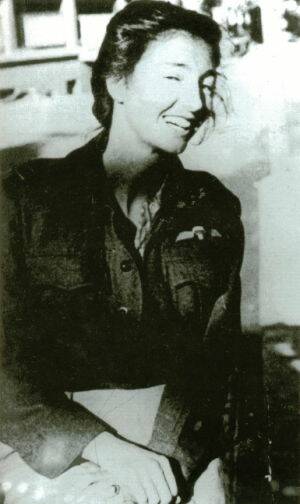 In World War II, the British SOE (Special Operations Executive) recruited and trained a number of women agents for insertion into occupied territory. There, they risked torture and execution, while carrying out missions of intelligence-gathering, subversion and sabotage. The exploits of some have received the recognition they deserve (such as Violette Szabo, who received both Britain’s George Cross and the French Croix de Guerre), but most seem to have slid through the cracks of time – Binney’s book is a solid and commendable effort to save at least a few from historical oblivion.
In World War II, the British SOE (Special Operations Executive) recruited and trained a number of women agents for insertion into occupied territory. There, they risked torture and execution, while carrying out missions of intelligence-gathering, subversion and sabotage. The exploits of some have received the recognition they deserve (such as Violette Szabo, who received both Britain’s George Cross and the French Croix de Guerre), but most seem to have slid through the cracks of time – Binney’s book is a solid and commendable effort to save at least a few from historical oblivion.
After a introductory chapters on agent recruitment, training and life in general, the book devotes a chapter to each of ten agents. Their backgrounds, characters, experiences and fates cover as wide a range as imaginable. There’s Virginia Hall, an American citizen who had a wooden leg but still climbed across the Pyrenees to get from France to Spain. Pearl Witherington, who controlled an entire region of French Maquis fighters after D-day. Szabo, who was executed in Ravensbruck. Paola del Din, aged 20, had just four days training for her work as a courier.
Perhaps most fascinating of all is Christina Granville (right), born Krystyna Skarbek in Poland. Described as “the most capable of all SOE’s women”, with “lightning reactions…extraordinary stamina and agility.” She could talk the Gestapo into releasing captured agents, and also persuaded the garrison at Larche to surrender. Her “film-star assurance and glamour” meant men hurled themselves at her feet: one spurned lover threw himself into the Danube, though the river, unfortunately, was frozen at the time. After surviving the war, however, another unwanted beau stabbed her dead in 1952. A movie of her life, starring Sir Winston Churchill’s daughter, was mooted but never occurred. An opportunity still awaits.
The book’s main flaw is less to do with the author than time; thanks to bureaucratic pruning and even a fire, SOE records are “maddeningly incomplete”. This means stories frequently have gaps or peter out, but this is inevitable when you write a historical record, 60 years after the event. Binney does occasionally get bogged down in tedious detail, but on the whole, this is fascinating reading. As the book concludes, “these women were to show…valour, determination and powers of endurance…They had to be alert, quick-witted, calm and unruffled, while constantly playing a part.” These are stories which deserve to be told.
By: Marcus Binney
Publisher: Coronet (UK), 2002, £7.99





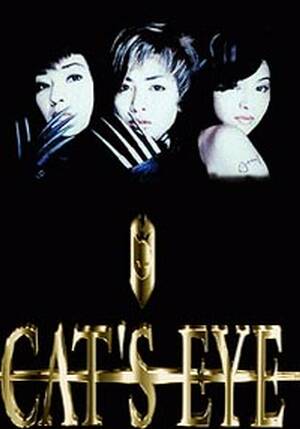 Despite an overall rating that is only mildly above average, when this is good, it is
Despite an overall rating that is only mildly above average, when this is good, it is 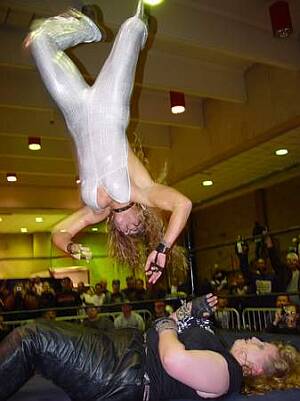 I keep buying DVDs like this, hoping against hope to strike gold. Not to say it doesn’t have the occasional guilty pleasure, but knowing the name used to stand for “Gorgeous Ladies of Oil Wrestling” (the second O eventually became “Outrageous”), should give you a rough idea of what to expect on this DVD, filmed in November 2002 at the Pennsylvania National Guard Armory. If not, then bouts such as the Battle of the High School Virgins or Hardcore Bra and Thong Match should provide a clue, and explain why Chris was rolling her eyes at the prospect.
I keep buying DVDs like this, hoping against hope to strike gold. Not to say it doesn’t have the occasional guilty pleasure, but knowing the name used to stand for “Gorgeous Ladies of Oil Wrestling” (the second O eventually became “Outrageous”), should give you a rough idea of what to expect on this DVD, filmed in November 2002 at the Pennsylvania National Guard Armory. If not, then bouts such as the Battle of the High School Virgins or Hardcore Bra and Thong Match should provide a clue, and explain why Chris was rolling her eyes at the prospect.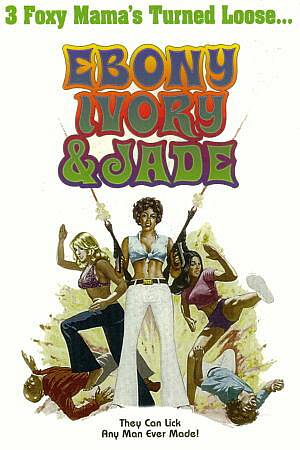 As well as its questionable use of the apostrophe, the cover kinda implies that three girls are involved here, which is only true for a small fraction of the running time. It starts off with
As well as its questionable use of the apostrophe, the cover kinda implies that three girls are involved here, which is only true for a small fraction of the running time. It starts off with  The third series hit the ground running, Michelle Dockley taking evil warder Jim Fenner hostage, after stabbing him in the stomach with a broken bottle (to loud cheers here), and Nikki Wade breaking
The third series hit the ground running, Michelle Dockley taking evil warder Jim Fenner hostage, after stabbing him in the stomach with a broken bottle (to loud cheers here), and Nikki Wade breaking 
 Cutting to the chase; the action is excellent, with several sequences which would be fitting climaxes to any other movie. When you see this one’s finale, you’ll realise why they’re not: Azumi’s master is captured, and an entire town of sword-wielding rogues and assorted scum is in her way, plus villain #1, a rose-wielding psychopath who dresses in white (Odagiri). Settle back, and pass the popcorn. While the swordplay itself is mostly nothing special (save one Very Special decapitation), Kitamura captures it beautifully, the visual highlight being a full circle around two characters – vertically. The sound is also fabulous; you could close your eyes and just listen to the battles.
Cutting to the chase; the action is excellent, with several sequences which would be fitting climaxes to any other movie. When you see this one’s finale, you’ll realise why they’re not: Azumi’s master is captured, and an entire town of sword-wielding rogues and assorted scum is in her way, plus villain #1, a rose-wielding psychopath who dresses in white (Odagiri). Settle back, and pass the popcorn. While the swordplay itself is mostly nothing special (save one Very Special decapitation), Kitamura captures it beautifully, the visual highlight being a full circle around two characters – vertically. The sound is also fabulous; you could close your eyes and just listen to the battles. Do
Do 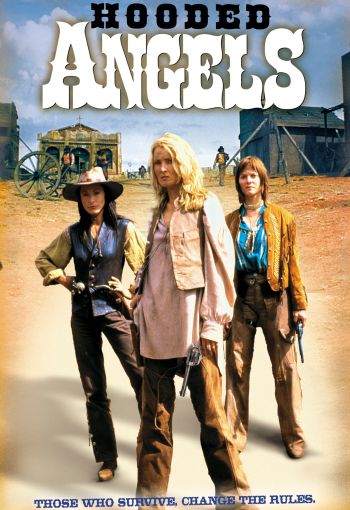
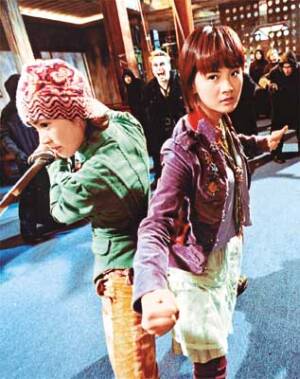 For something crafted largely as a vehicle for its two female, pop-singing stars (the titular Twins), this is much better than you’d expect – compare, say, any Mary-Kate and Ashley film. Sure, it’s dumb. Sure, it’s loaded with cheesy romance and totally unnecessary celebrity cameos. But it also has more fun with the vampire genre than any movie since the original Buffy, and the action, directed by the hugely under-rated Donnie Yen, is far superior.
For something crafted largely as a vehicle for its two female, pop-singing stars (the titular Twins), this is much better than you’d expect – compare, say, any Mary-Kate and Ashley film. Sure, it’s dumb. Sure, it’s loaded with cheesy romance and totally unnecessary celebrity cameos. But it also has more fun with the vampire genre than any movie since the original Buffy, and the action, directed by the hugely under-rated Donnie Yen, is far superior.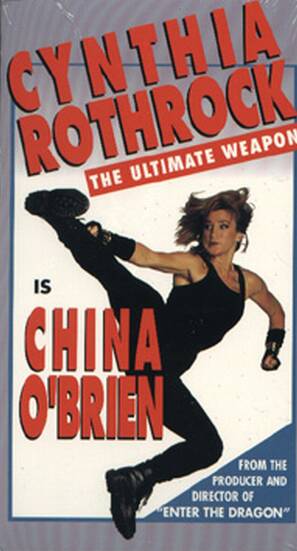 There’s something charmingly naive about this film. It inhabits, and expects us to believe in, a world where a villain can blow up the sheriff and his deputy with car-bombs, yet federal authorities take no interest. Nor do they apparently care when an election rally is machine-gunned. Mind you, in this same world, a new sheriff is elected five working days after the incumbent dies, but that’s still enough time for a massive parade down main street to be organised by a candidate.
There’s something charmingly naive about this film. It inhabits, and expects us to believe in, a world where a villain can blow up the sheriff and his deputy with car-bombs, yet federal authorities take no interest. Nor do they apparently care when an election rally is machine-gunned. Mind you, in this same world, a new sheriff is elected five working days after the incumbent dies, but that’s still enough time for a massive parade down main street to be organised by a candidate.